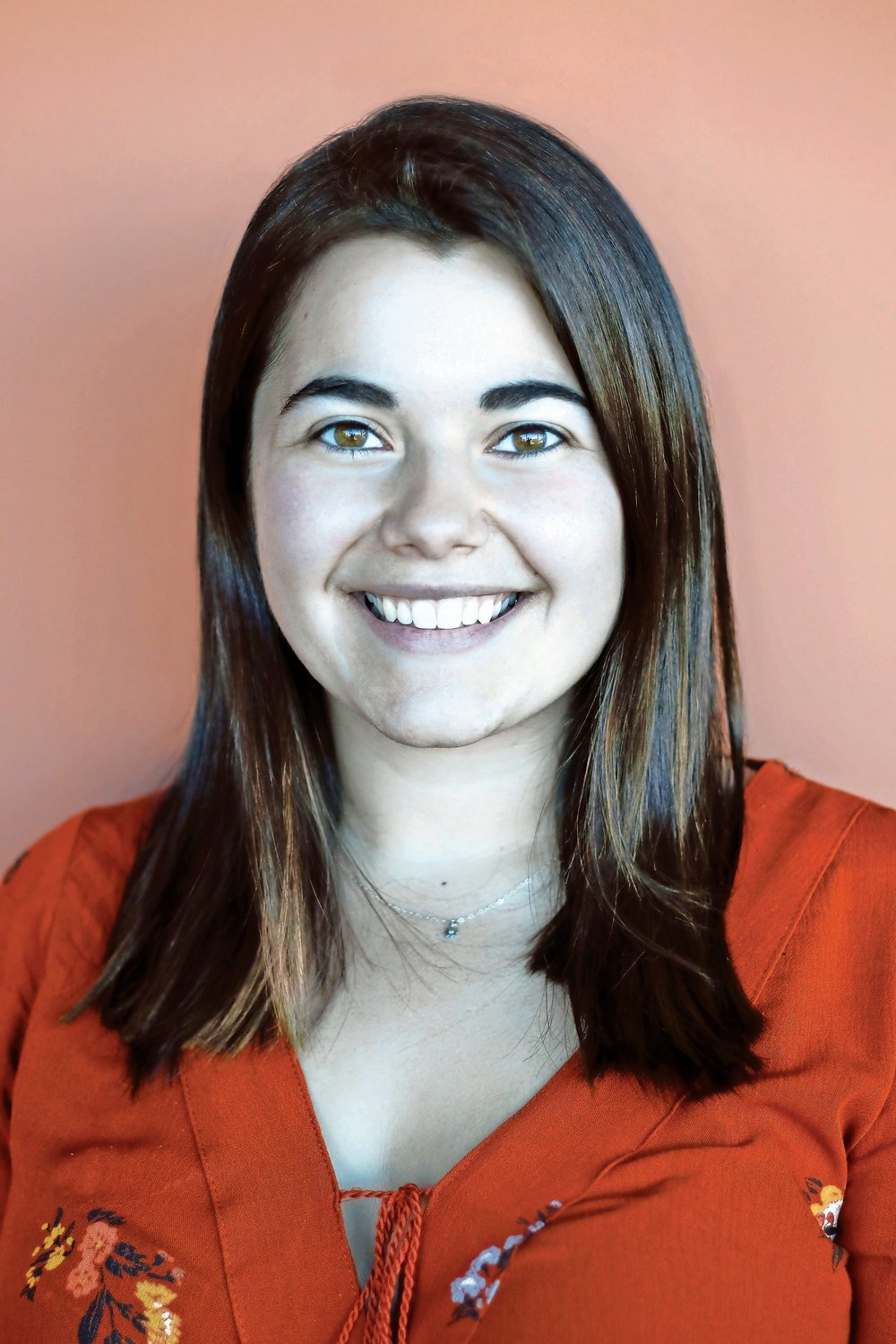The Newseum’s legacy will not die in darkness
Washington D.C.’s Newseum, founded to enhance the public’s understanding of the importance of a free press, will close on Dec. 31 after a years-long financial struggle. It was open for 11 years.
The museum will be remembered for its mesmerizing exhibits — a towering collage of front pages after the attacks of Sept. 11, 2001; a gallery of Pulitzer Prize-winning photos capturing the joys as well as the horrors of humanity; and a news history timeline comprising print media from the past 500 years.
Since it opened in 2008, the Newseum has hosted nearly 10 million visitors, greeted at its Pennsylvania Avenue location by a 75-foot-tall tablet of Tennessee marble on which are etched the 45 words of the First Amendment.
It seemed both implausible and coincidental that I learned about the museum in the year it was set to close. Last month, compelled by the same serendipitous mojo depicted in coming-of-age films, a friend and I packed my car, booked a Washington hotel room and drove south.
Playing on a scrolling marquee in my mind as I drove was a quote engraved on the wall of the Newseum: “I know of no human being who has a better time than an eager and energetic young reporter.” My travel companion had sent me a photo on her last visit to D.C., with the text, “Thinking of you.”
The display brought tears to my eyes, and served as a glaring reminder of the risks we journalists face in the field. But for each sobering moment there was an encouraging one: the print bloopers — and accompanying corrections — adorning the restroom walls; seeing visitors smile and contemplate as they read artifacts’ descriptions; a family huddled around a touch-screen television that stored clips of pivotal news events in recent history. As I passed them, the mother remarked, “I’m watching man land on the moon.”
The Newseum will be converted into a facility for Johns Hopkins University’s Washington-based graduate programs. Exhibit de-installation will begin early next year, and permanent pieces will be moved to an archive facility for housing and maintenance.
The museum’s collections will continue to circulate among educational programs, public events and digital initiatives. Additionally, its popular “Today’s Front Pages” initiative, which digitally displays nearly 1,000 newspaper front pages from around the world each day, will continue after Dec. 31.
The free press has been called the Fourth Estate of our society, providing information and insight and “speaking truth to power,” a tradition as old as the American Revolution. The Newseum’s purpose was to enlighten the people about the Fourth Estate’s origins and its enduring importance, and its closing comes at a time when access to local news coverage is increasingly harder to find.
According to a recent report by PEN America — a nonprofit that defends and celebrates free expression through the advancement of literature and human rights — “a shared fact-based discourse on the issues that most directly affect us is more essential and more elusive than ever.” The statistics are alarming: Since 2004, more than 1,800 local print outlets in the U.S. have shuttered, and at least 200 counties have no newspaper at all.
But despite the remorse of losing an institution dedicated to the history of journalism, my visit to the Newseum reminded me that there is overwhelming value in what we do. I returned to my desk at the Herald more humble, overwhelmed with appreciation for those who came before me and all that is to come. Because while the Newseum will close, its mission — much like the necessity of a free press — will not end.
Alyssa Seidman is the editor of the Bellmore and Merrick Herald Life. Comments about this column? Aseidman@liherald.com.






